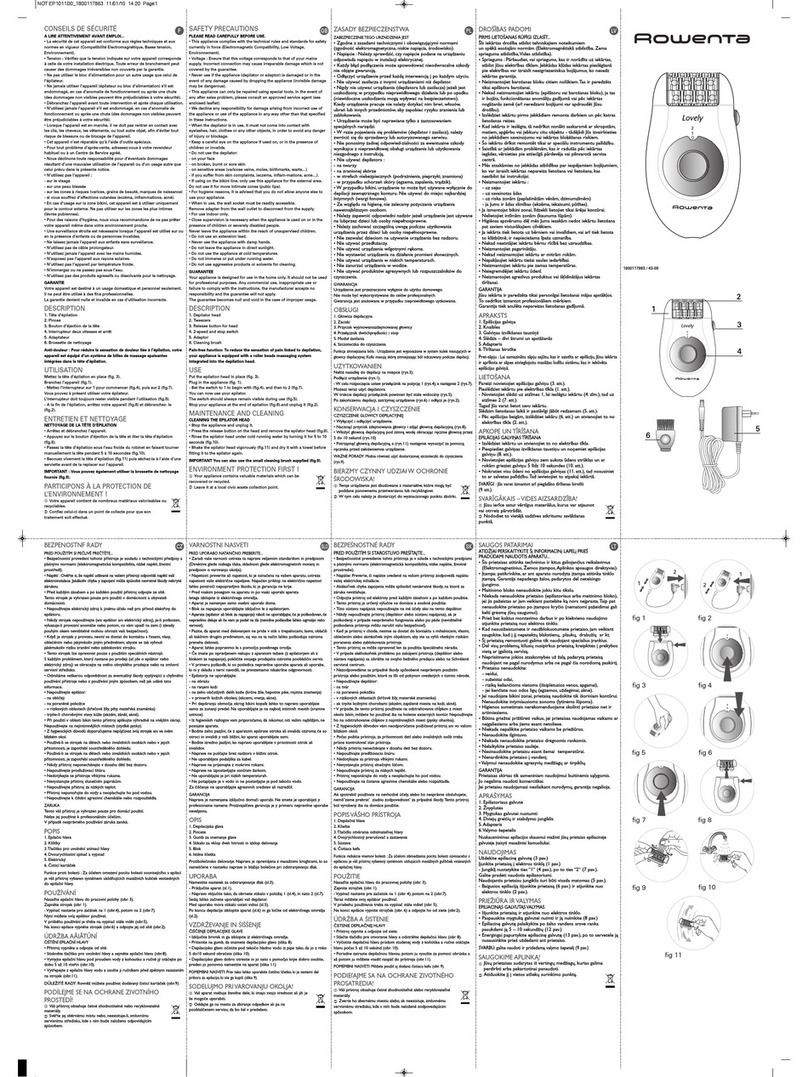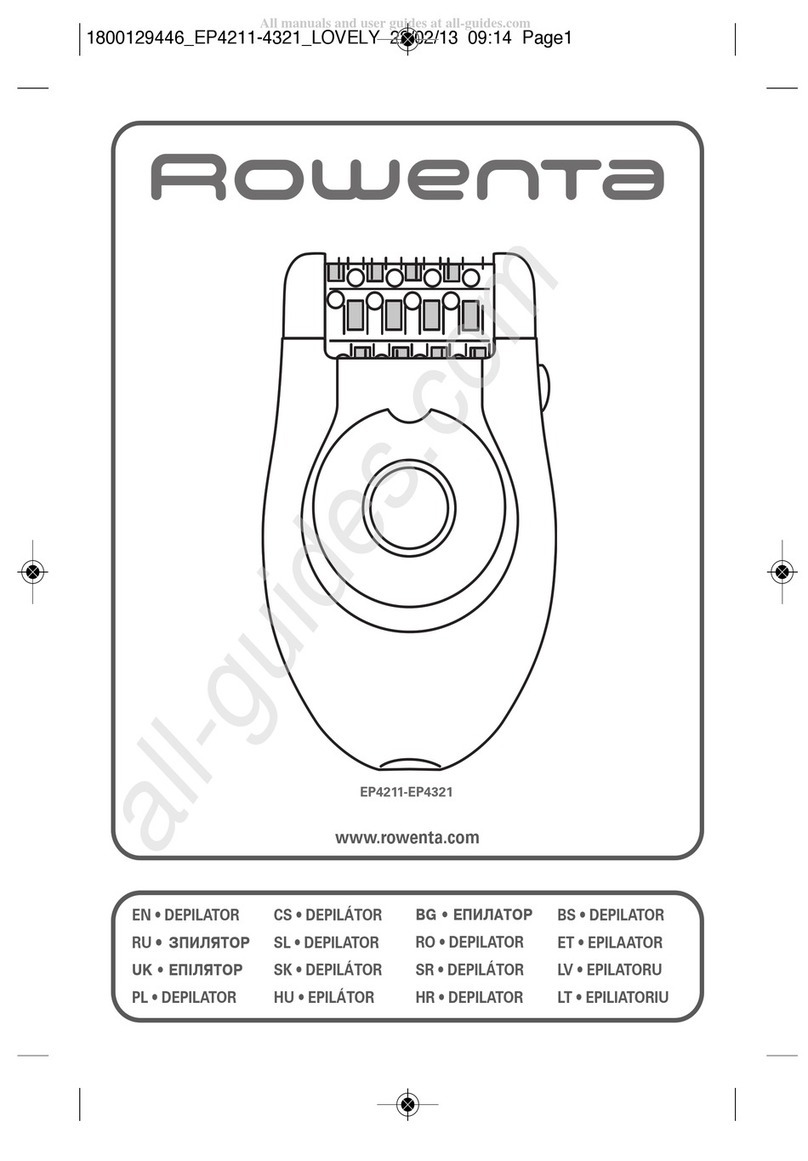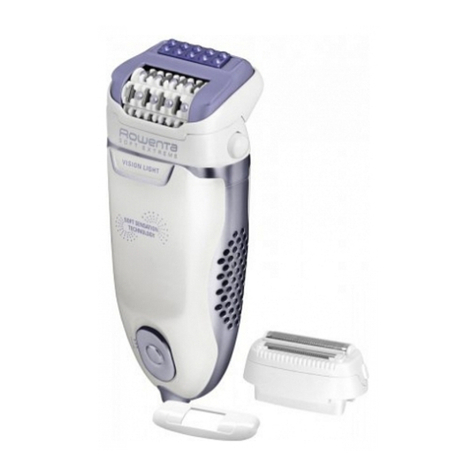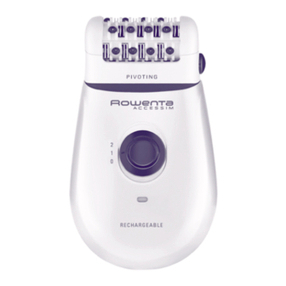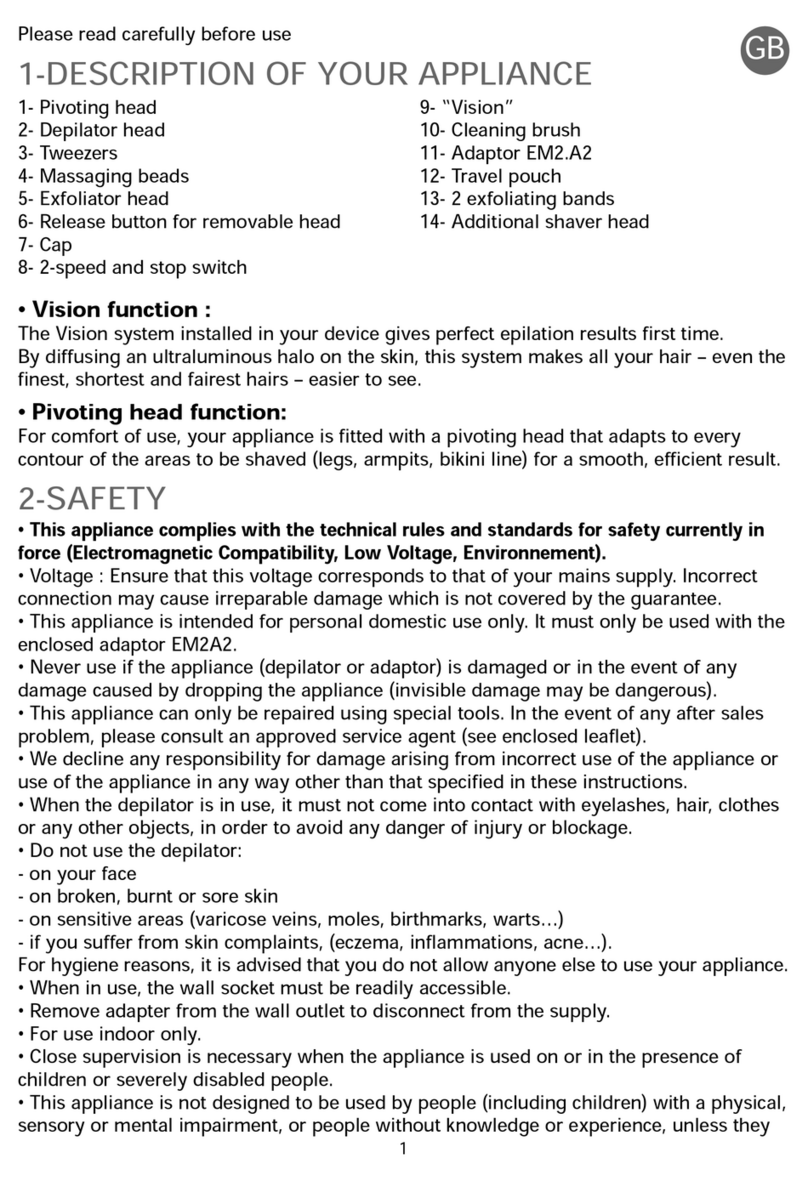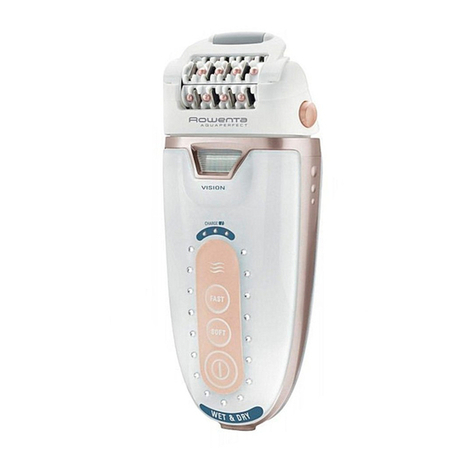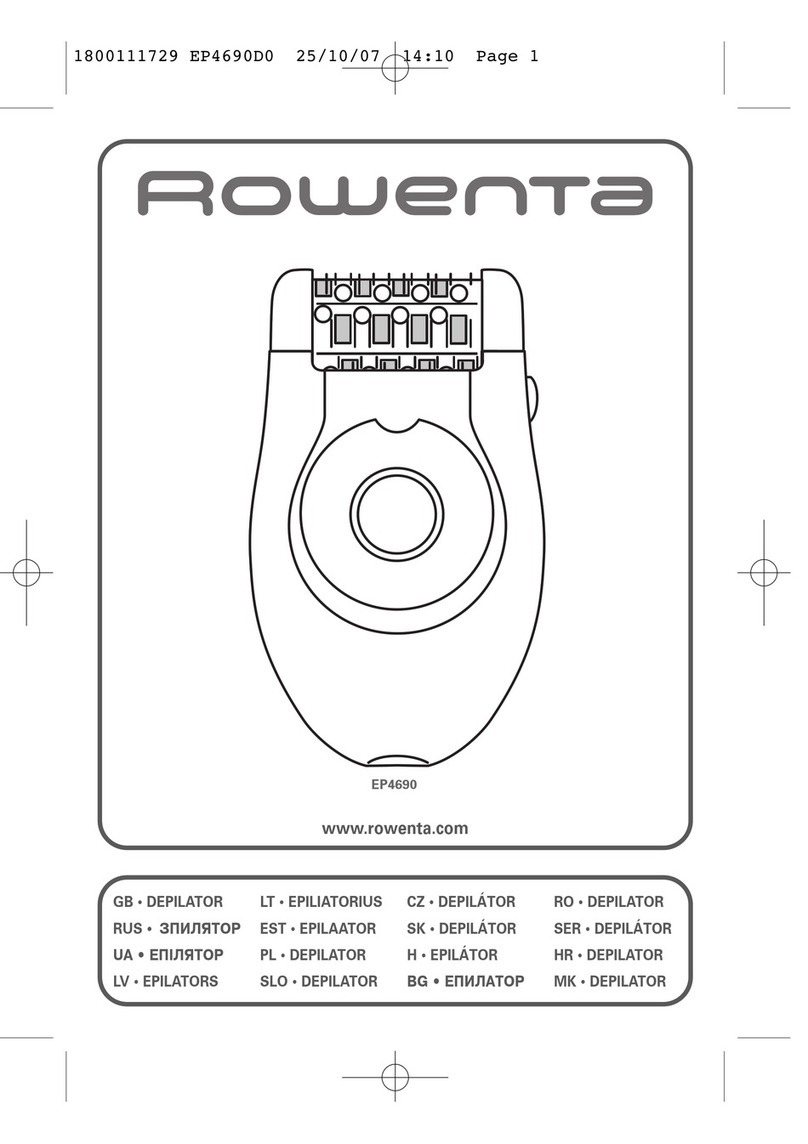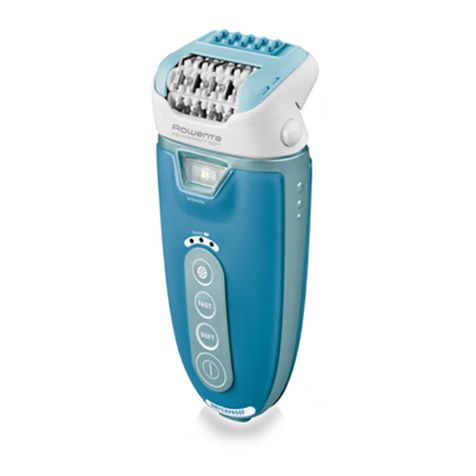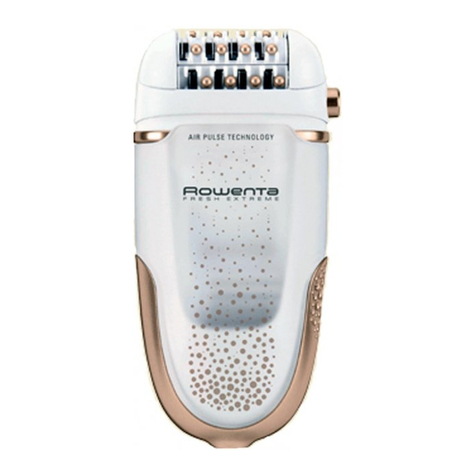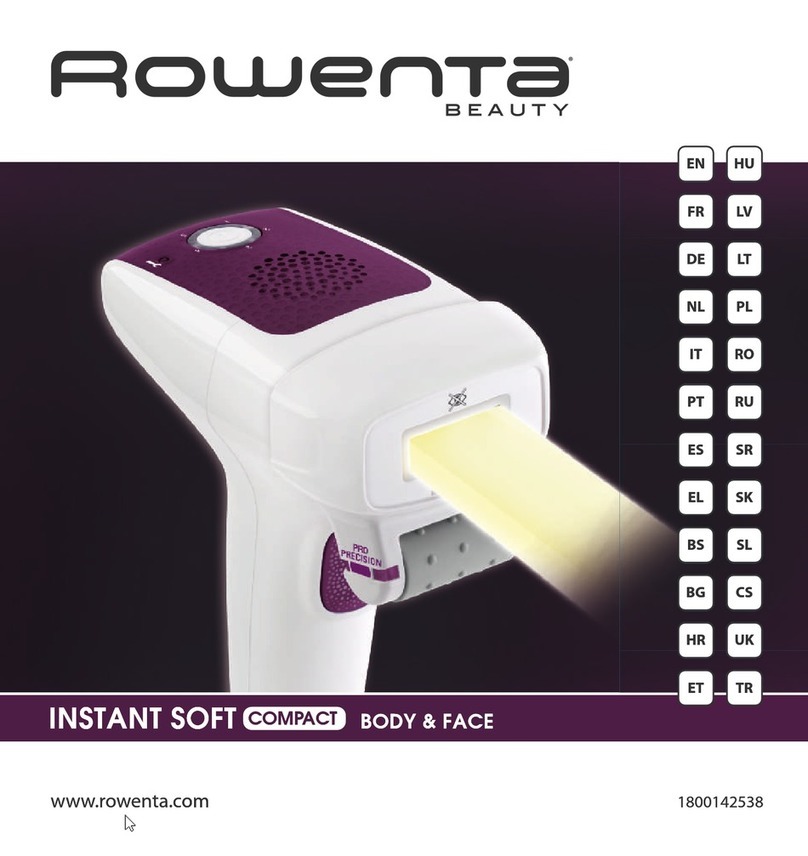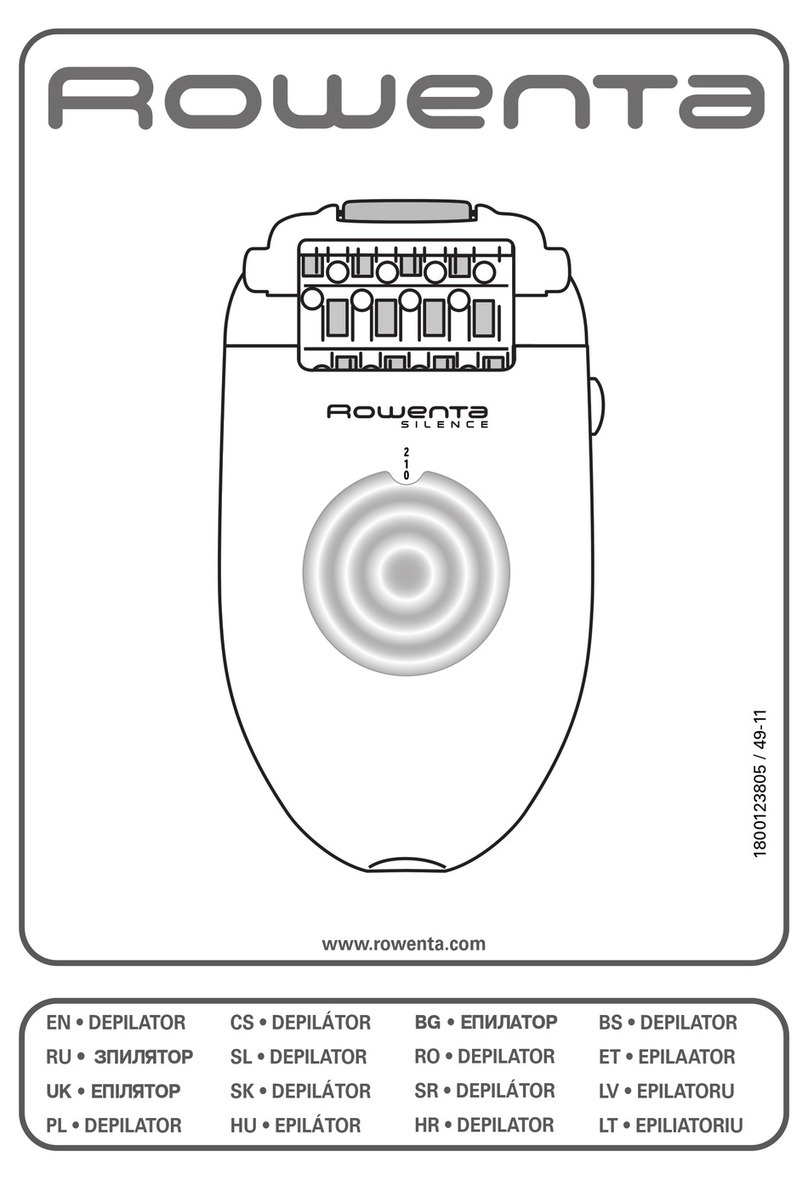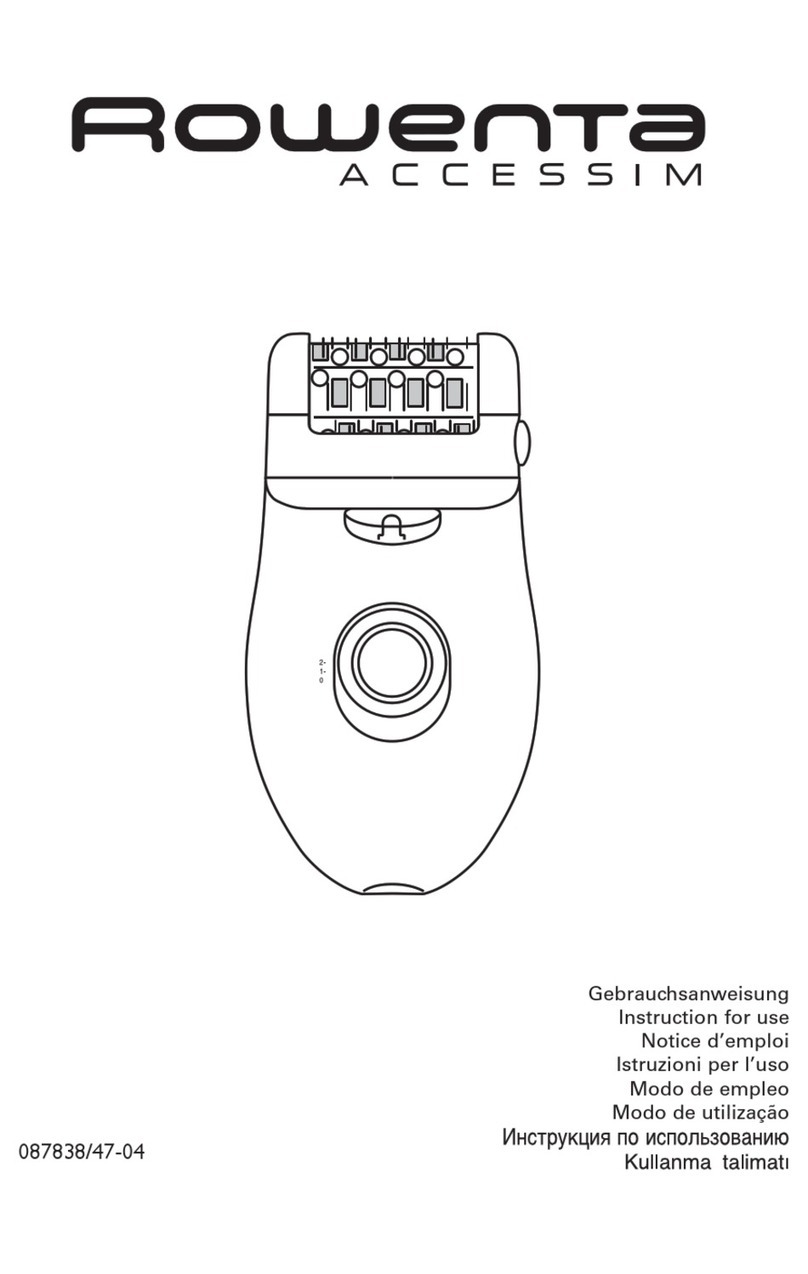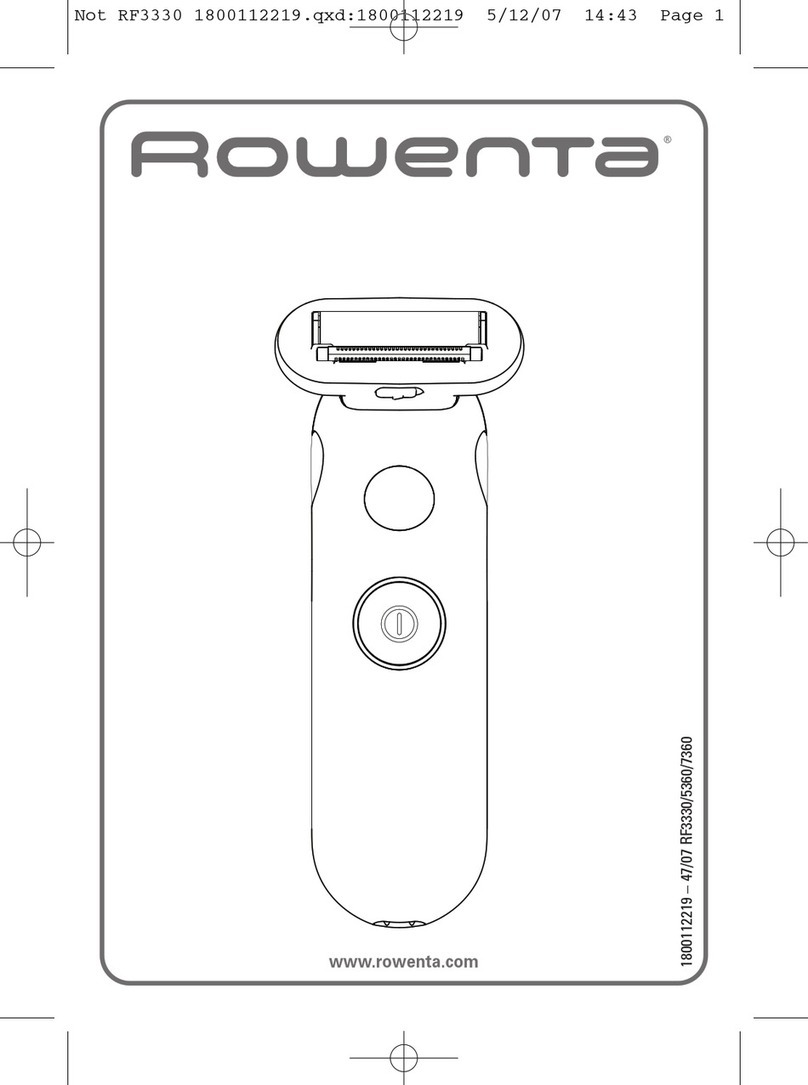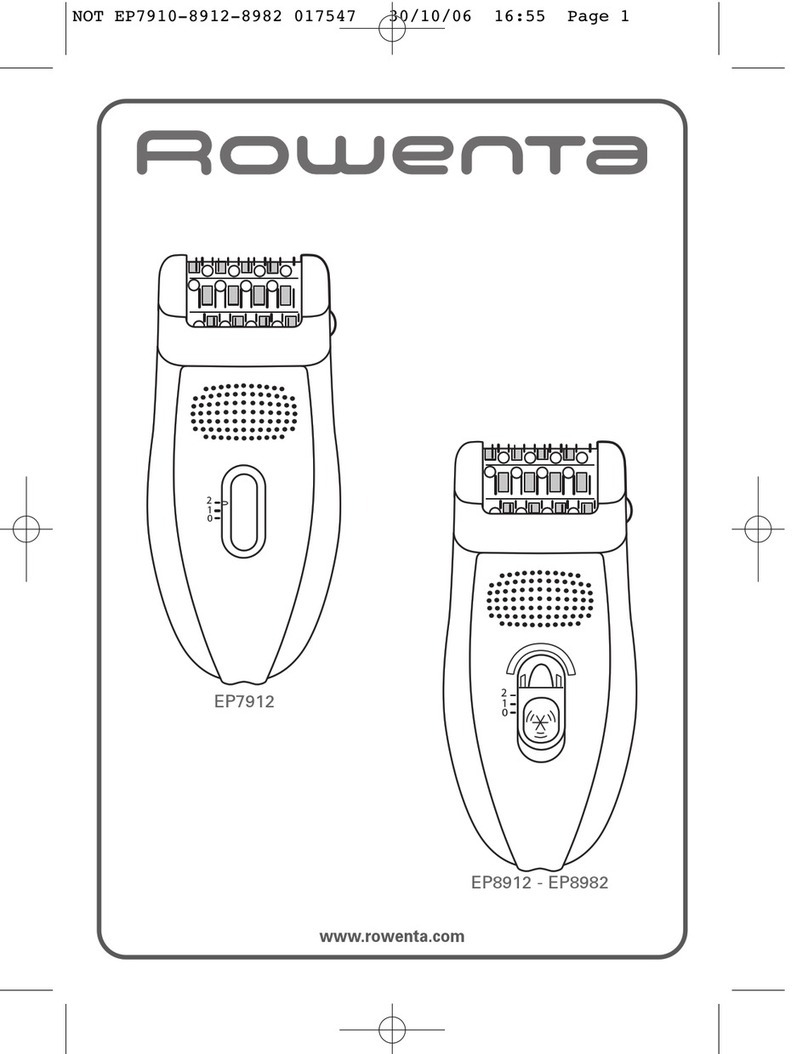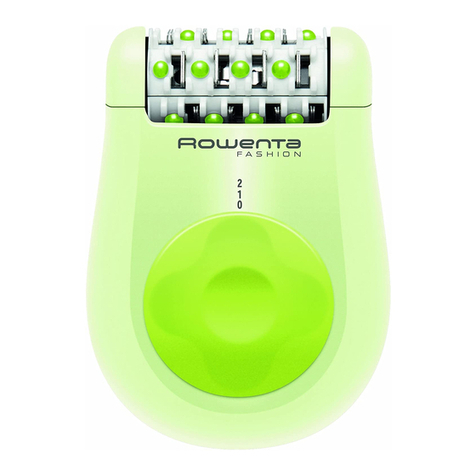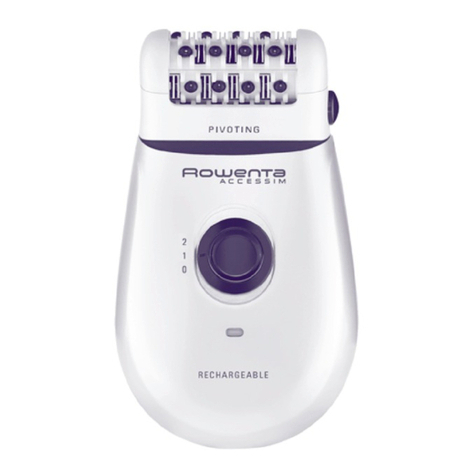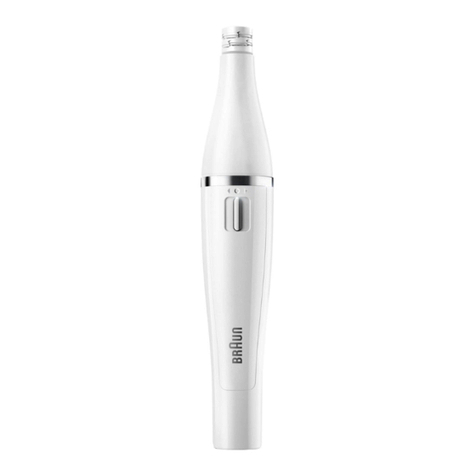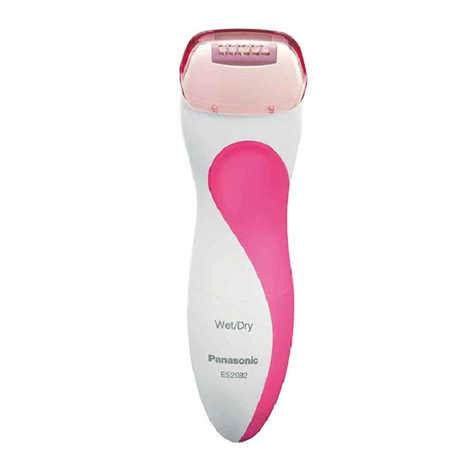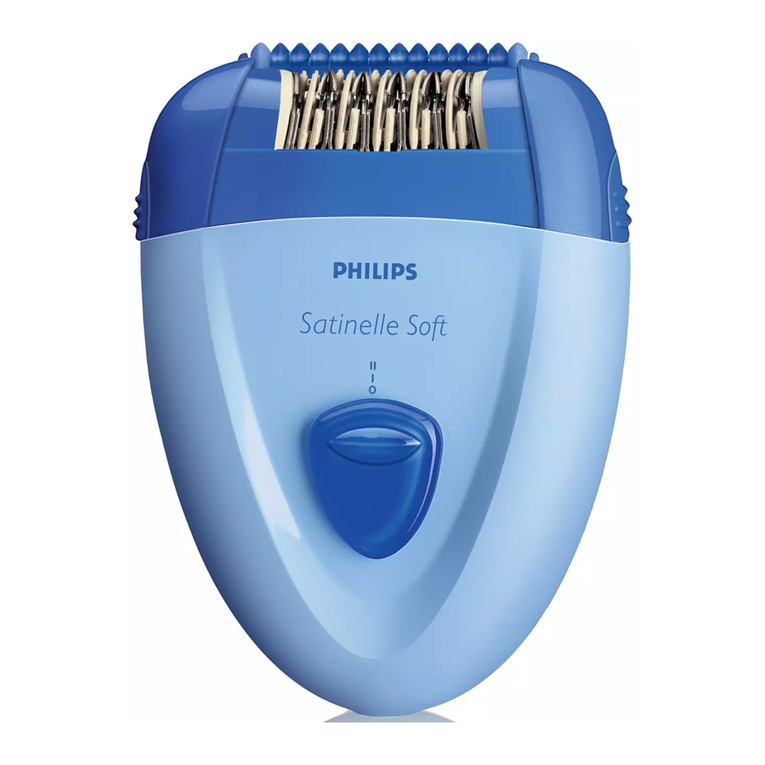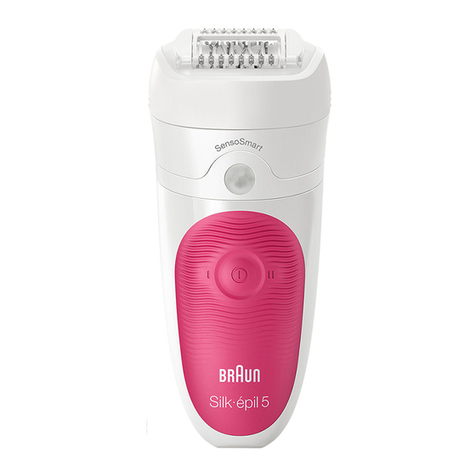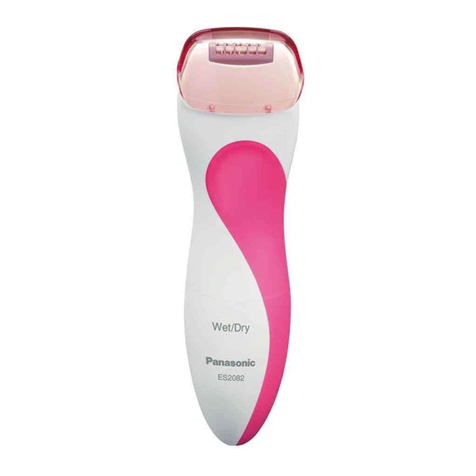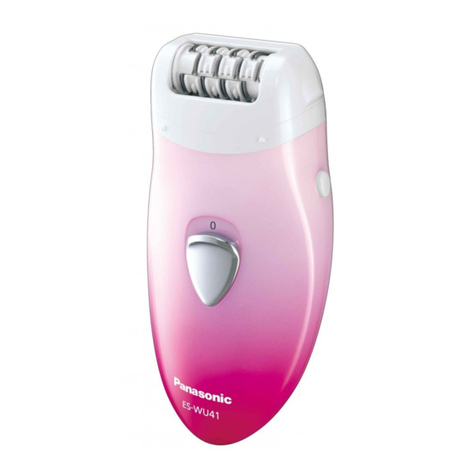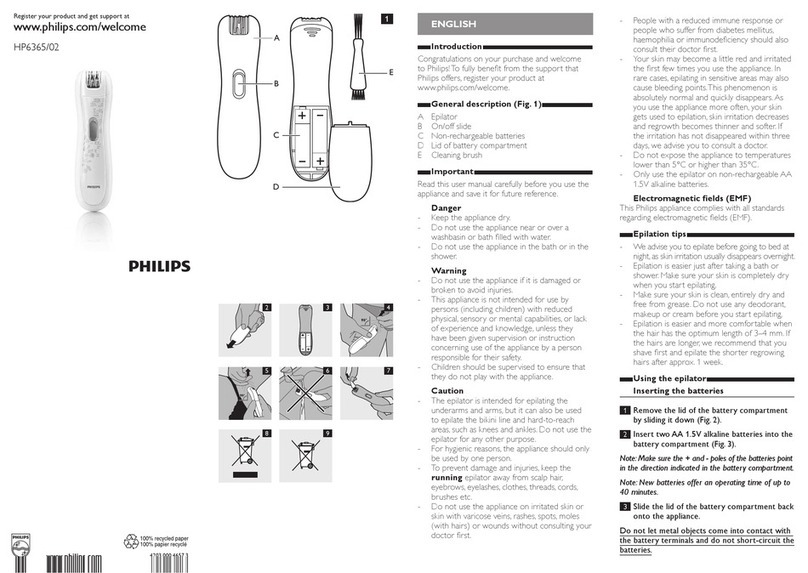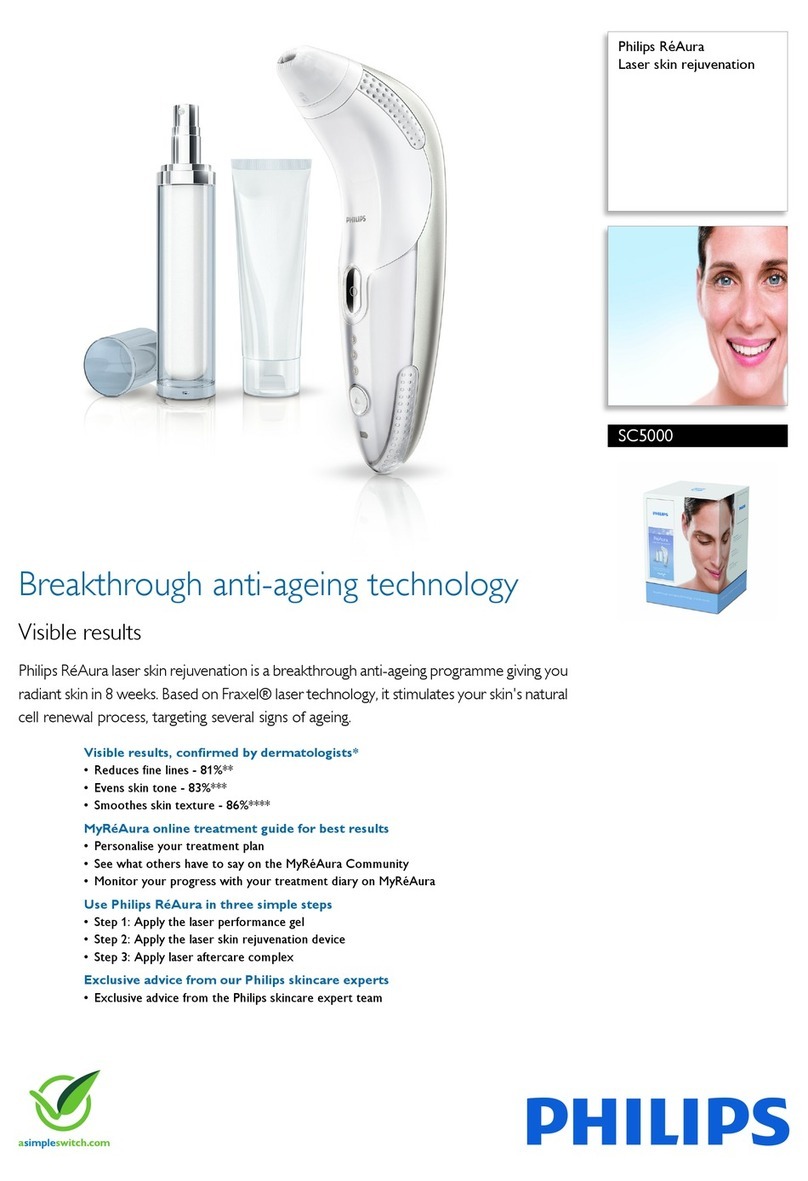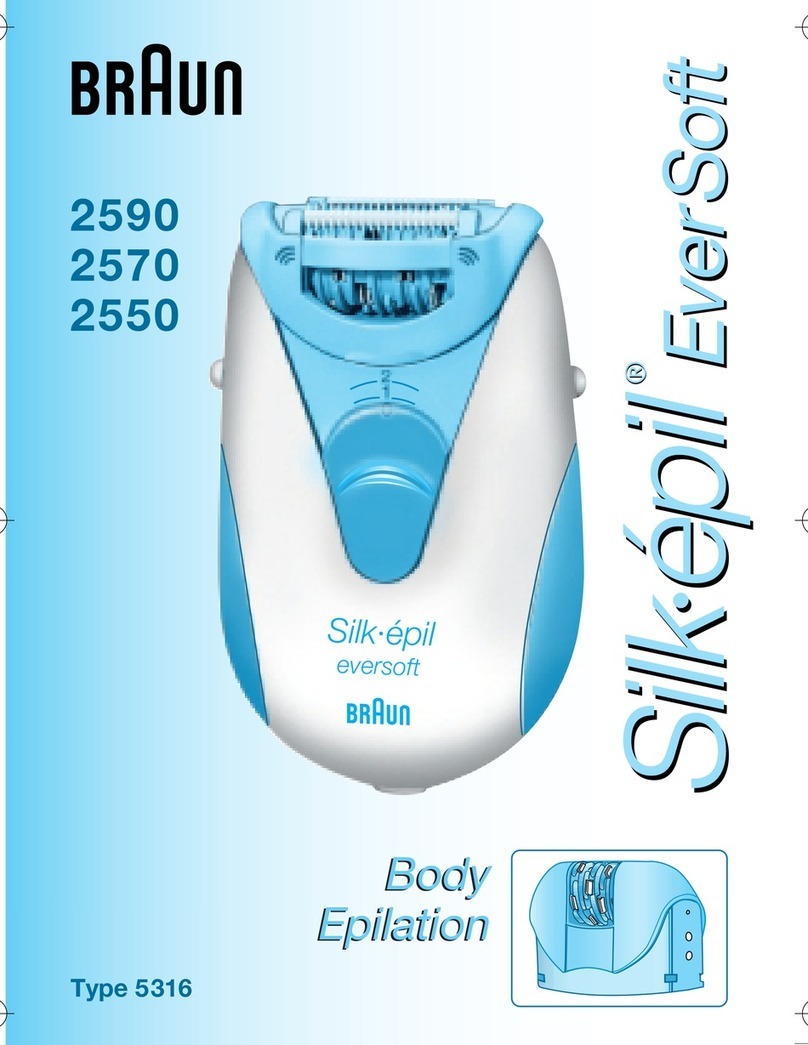I- Introduction ..............................................................................................................p. 4
II- Safety .......................................................................................................................p. 6
III- In what cases can the DERMA PERFECT appliance be used? .........................p. 7
IV- Product description ...............................................................................................p. 8
4.1. Box contents .................................................................................................p. 8
4.2. Appliance description .................................................................................p. 9
V- Instructions for use ..............................................................................................p. 10
5.1. Getting started .............................................................................................p. 10
5.2. How to use the Pro Precision System?......................................................p. 12
5.3. Setting the power level for the appliance ................................................p. 13
5.4. Disposable lamp ..........................................................................................p. 15
5.5. In the event of a problem ...........................................................................p. 16
VI- Health warnings ..................................................................................................p. 17
VII- When not to use DERMA PERFECT..................................................................p. 18
VIII- Loo ing after your DERMA PERFECT appliance .........................................p. 20
Than you for buying the Derma Perfect appliance.
Your appliance uses LIP (intense pulsed light) technology which is used by professionals
in semi-permanent epilation, but has been adapted for personal use. This appliance can be used
on all the parts of the body except for the face, nec and nipples.
PERFORMA CE
If you follow our instructions on use properly, your Derma Perfect appliance will enable you to
achieve long-term body hair reduction.
On average, after 6 sessions, you should notice a 83% reduction in visible body hair (test carried
out on 33 women from November 2010 to April 2011).
Treatment must be carried out at regular intervals, every 2 wee s over 4 to 6 sessions, then once
a month over 2 to 4 sessions depending on how fast your body hair grows bac .
You may then use DERMA PERFECT for adding extra touches depending on what you feel is
needed, until all the hair has been removed. It ta es around 12 to 18 months, depending on the
type of body hair you have, to achieve long-lasting results allowing you to enjoy the pleasure of
having long-lasting smooth and soft legs.
SUMMARY
I- I TRODUCTIO
4
